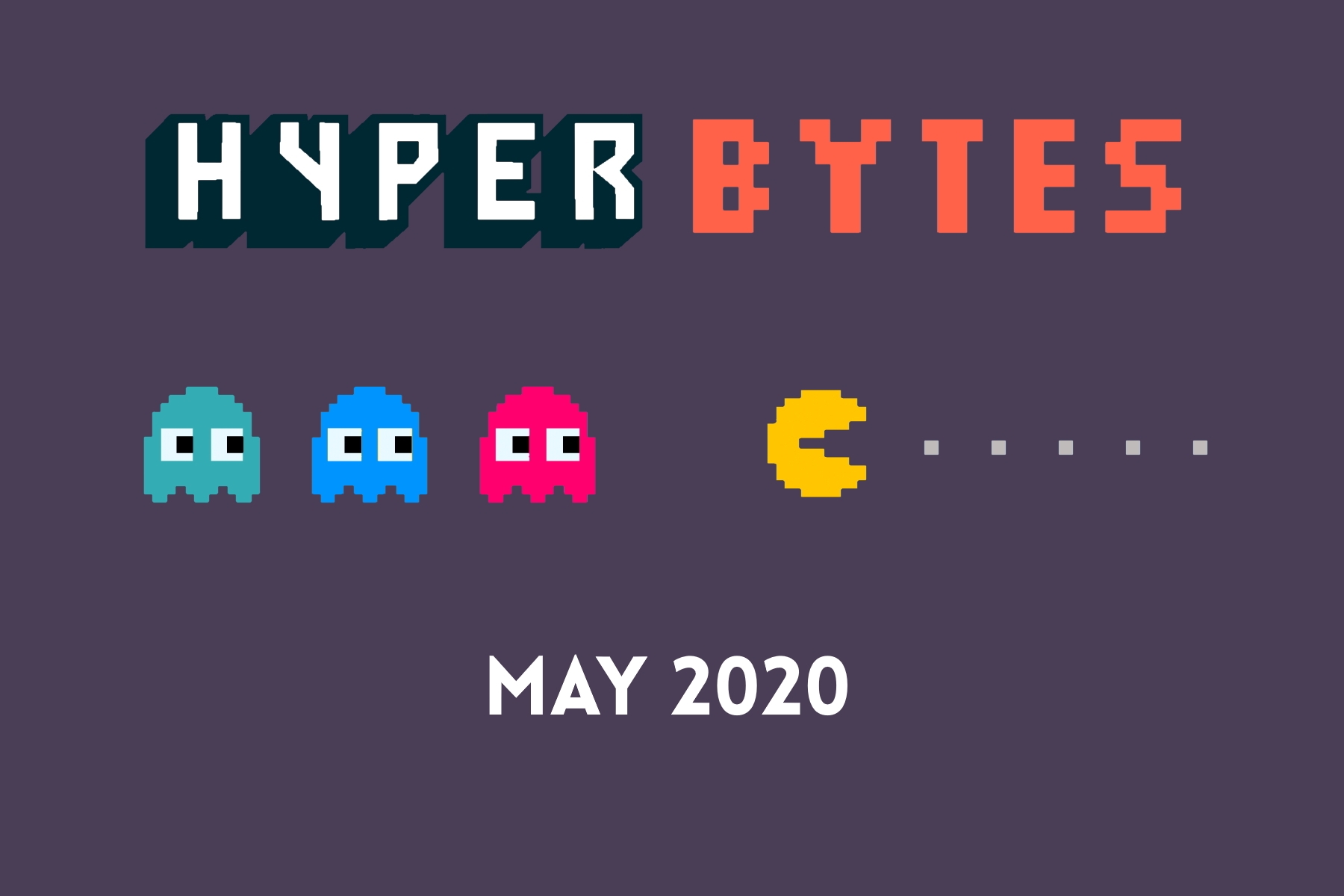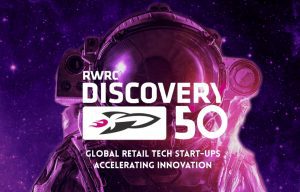
Hello and welcome to the May edition of Hyper Bytes. Covid-19 continues to dominate the news as retailers in the UK and beyond cautiously contemplate re-opening their doors for business.
This month we reflect on HyperFinity’s first 12 months, highlight a report on the world’s leading retail innovation tech start-ups, introduce the languages budding data scientists need to know and shine a light on four resources advocating personalisation to drive customer loyalty.
 Happy Birthday to HyperFinity!
Happy Birthday to HyperFinity!
The idea to start our own business was conceived over several months and incubated in the craft ale pubs of Leeds. Some of the details are sketchy for that very reason, but looking back we definitely made the right decision.
Launching and running a business is fun, exciting, challenging, stressful and much more. We look back over how HyperFinity came to be and what we’ve learnt from a successful first 12 months.

Retail innovation for our changing world.
The world of retail has evolved over several years, with forward thinking brands using digital and data to respond to changing consumer behaviour and offer more immersive, omni channel shopping experiences.
The pace of change has exponentially increased due to the global COVID-19 pandemic. Many common retail practices, such as assortment planning, forecasting, pricing, and CRM are no longer fit for purpose. Annual planning cycles, typical customer journeys and competitive threats are shifting rapidly. Agile new approaches, often delivered by innovative start-up and scale-up companies, hold the key to helping retailers implement the necessary technology and approaches to addressing the challenge.
Retail Week, long considered an authority on the retail industry, published the Discovery 50, which HyperFinity are proud to be named in. Retail Week “sought to find the top retail tech start-ups from across the globe that are working with retailers to offer disruptive solutions to transform their businesses.” HyperFinity were cited as delivering the “data science behind personalisation, with its technology able to help retailers achieve up to a 17% increase in customer loyalty, double revenue growth and boost brand advocacy by 60%”.
 Hyper Talks data science languages.
Hyper Talks data science languages.
Interested in the field of data science and machine learning but not sure where to start? Jose Pérez-Parras Toledano neatly summarises five key coding languages to learn and two more rapidly increasing in popularity.
Jose, a native of Córdoba in Spain, has embraced a number of these languages as he supports HyperFinity’s product development and client consulting engagements. To read Jose’s blog, click here.
 Customer insight – The key to building trust & loyalty.
Customer insight – The key to building trust & loyalty.
A perennially important topic for consumer brands is developing loyal customers who deliver ever increasing value to their business. Column inches dedicated to this pursuit seem to have increased further since the Covid-19 crisis. Here we highlight four noteworthy pieces of content, each with their own slant on the subject.
In Brands we Trust
As part of their excellent Digital Transformation Festival, all delivered online, The Drum hosted a panel discussion on whether brands need to think differently about consumer trust in the age of the value exchange economy.
The discussion shone a light on the disconnect between customers wanting a personalised experience but not understanding what it takes for brands to deliver it. Among the panel’s recommendations was the need for brands to be more transparent about how they plan to use customer data to deliver an enhanced experience, underpinned by personalisation.
The Importance of Good Loyalty Programs
Blake Morgan, host of the popular The Modern Customer podcast summarised 50 stats showing the importance of good loyalty programs. Well worth book marking for the next time you’re asked to justify investment in customer insight and personalisation initiatives!
It can be debated whether loyalty programmes should take the form of an explicit scheme, such as Tesco’s Clubcard, or be implicit in a brand’s wider customer proposition, such as Asda’s everyday low prices. In either case, it’s clear that using data and analytics to truly understand customer behaviour and preferences is key to developing and serving experiences that create loyalty and advocacy.
Segmentation & Personalisation – What’s the Difference?
Exponea, the highly regarded customer data and experience platform, break down the main differences between segmentation and personalisation, particularly when applied to email marketing.
Examples from major brands, such as Not on the High Street and Headspace are used to bring the subject to life. Exponea summarise how data enables the creation of similar groups, or segments of customers, which can be taken further to identify specific individuals for relevant, rich, and rewarding communications which drive increased engagement and conversion.
Does Personalisation Work?
Last but not least Econsultancy draw us in with their provocatively titled webinar, Does Personalisation Work? Spoiler alert…it does.
Webinar guests, Mark Evans of Direct Line Group and Shira Feuer of Trinny London, passionately advocate for the benefits of data-led personalisation. This heartening interview demonstrates the value of understanding customers personally to offer products that meet their functional needs or aspirational desires.
As always. we welcome your comments and suggestions of other retail innovation content for our readers to check out. Just add it in comments below.
Until next time, stay indoors (kind of) and keep safe.
Team HyperFinity
Visit HyperFinity Get In Touch


